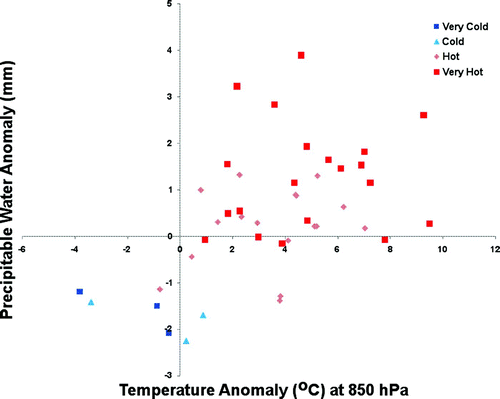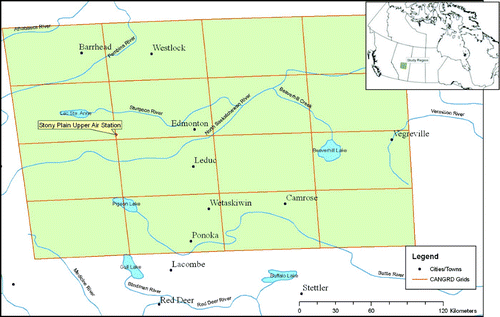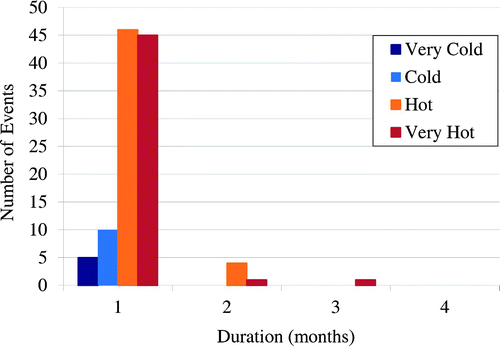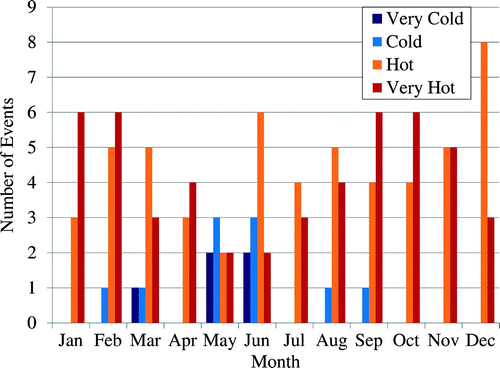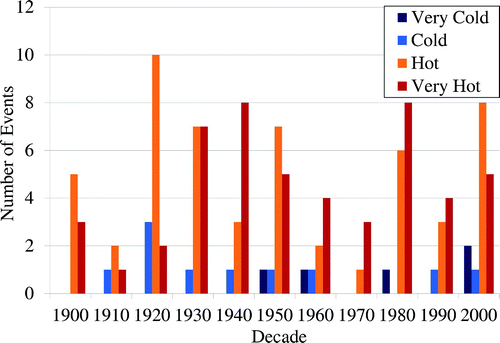Figures & data
Fig. 2 Monthly temperature anomaly percentiles from 1900–2009 over the Prairie study region. The percentiles are shown in brackets for the temperature anomaly dry periods.

Fig. 4 The timing of 1-month temperature anomaly dry periods over the 1900–2009 record. The horizontal axis shows the month of the year.
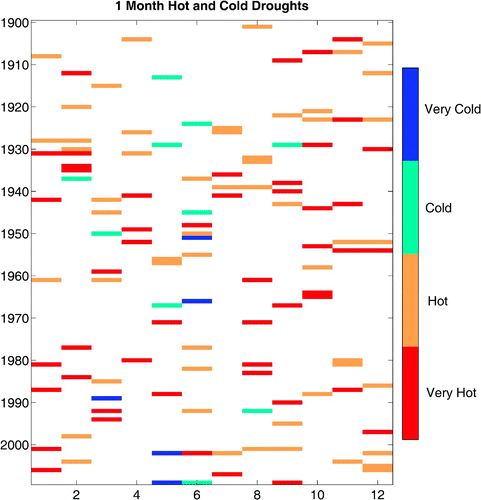
Fig. 7 Plots of 850 hPa geopotential height composite mean and anomalies for identified temperature anomaly dry periods occurring since 1948. (a) very cold dry conditions, (b) cold conditions, (c) hot conditions, and (d) very hot conditions. Plots were provided by NOAA (Citation2011b).
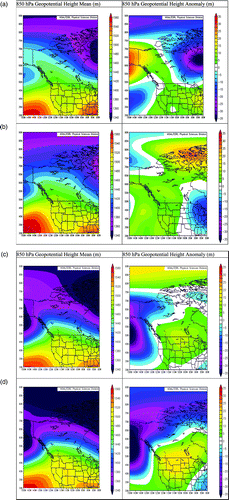
Fig. 8 Wind rose at 850 hPa during a) a very cold drought period in March 1989 and b) a very hot drought period in January 2006.
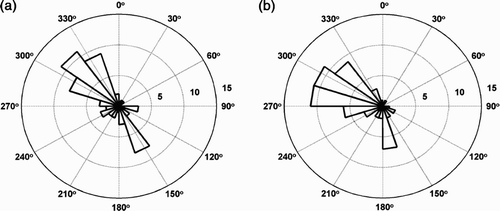
Fig. 9 Precipitable water anomaly as a function of air temperature anomaly at 850 hPa over Stony Plain for the temperature anomaly dry periods occurring during 1966 and up to 2009.
